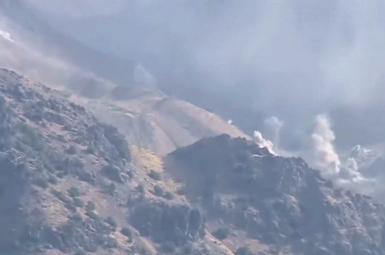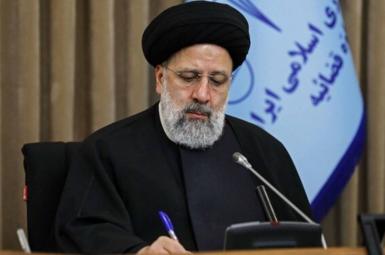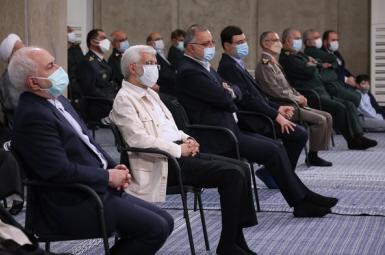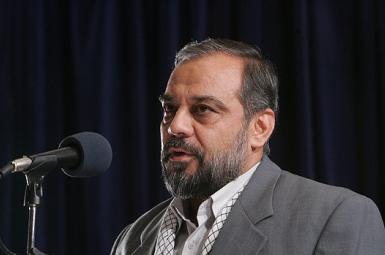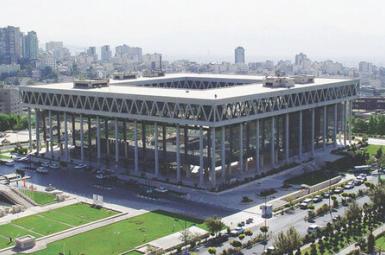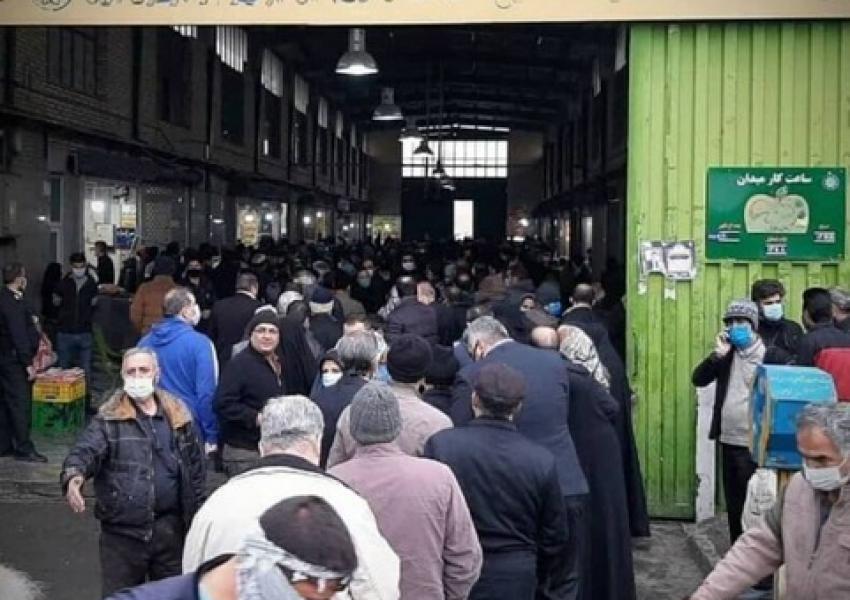
International Monetary Fund Projects 2.5% Iranian Growth In 2021
In its latest World Economic Outlook report released on Tuesday [April 6], the International Monetary Fund (IMF) revised up its estimate of Iran’s economic growth to 1.5 percent in 2020 and projected 2.5 percent growth in 2021.
This is broadly in line with the recent report of the London-based Economist Intelligence Unit saying it would revise its earlier estimate of 4 percent negative growth in the Iranian year 2020-1. The EIU highlighted higher-than-expected oil GDP growth of 9.7 percent in the third quarter of the Iranian year 2020-21, with Opec data corroborating increased production, and a continued stimulus to domestic production – “nurturing of partial economic autarchy” – from United States sanctions.
The IMF estimates which are based on data provided by the Central Bank of Iran also indicate a real GDP growth (annual percentage change) of 2.5 and an inflation rate of 39%, up from 36.5%, in 2020. The reported marginal improvement in GDP, however, has not had a visible impact on the local economy or the livelihood of the people. High inflation continues to erode incomes and shortages of food, such as cooking oil and poultry have led to long lines at stores.
The global economy is recovering from the Covid-19 pandemic faster than previously expected, with the IMF estimating 3.3 percent growth in 2020 and projecting 6 percent in 2021, IMF Chief Economist and Director of the Research Department, told reporters in Washington on Tuesday.
In 2018, with the introduction of US secondary sanctions targeting Iran’s oil exports and financial sector, growth dropped to minus 6 percent, falling further to minus 6.8 percent in 2019, the IMF has reported. After Iran agreed the 2015 nuclear deal with world powers, which saw most multilateral sanctions lifted, growth had been 13.4 percent in 2016 and 3.8 percent in 2017.
In a virtual meeting with International Monetary Fund (IMF) and World Bank officials on April 2, the governor of Iran’s Central Bank, Abdolnasser Hemmati repeated an appeal to the IMF for a $5 billion emergency loan that Iran applied for in March 2020 to fight the impact of the pandemic and support the economy. Iran has also applied for a $50 million loan from the World Bank and a 130-million-euro loan from the Islamic Development Bank.
Iran alleges that the IMF loan has not been extended to Iran due to US pressure and argue that although US sanctions do not apply to humanitarian goods, including vaccines, Iran's access to its own money which has been frozen in several countries including South Korea, Iraq and Japan has impeded its payment for imported goods.


